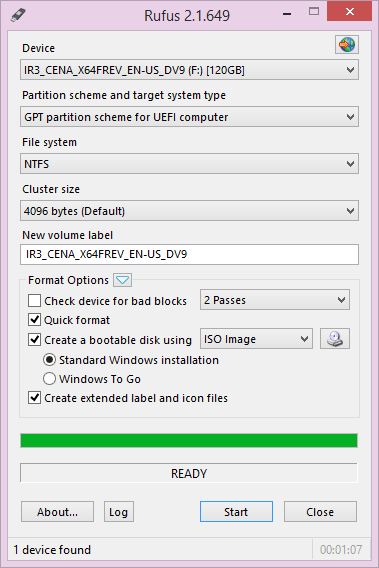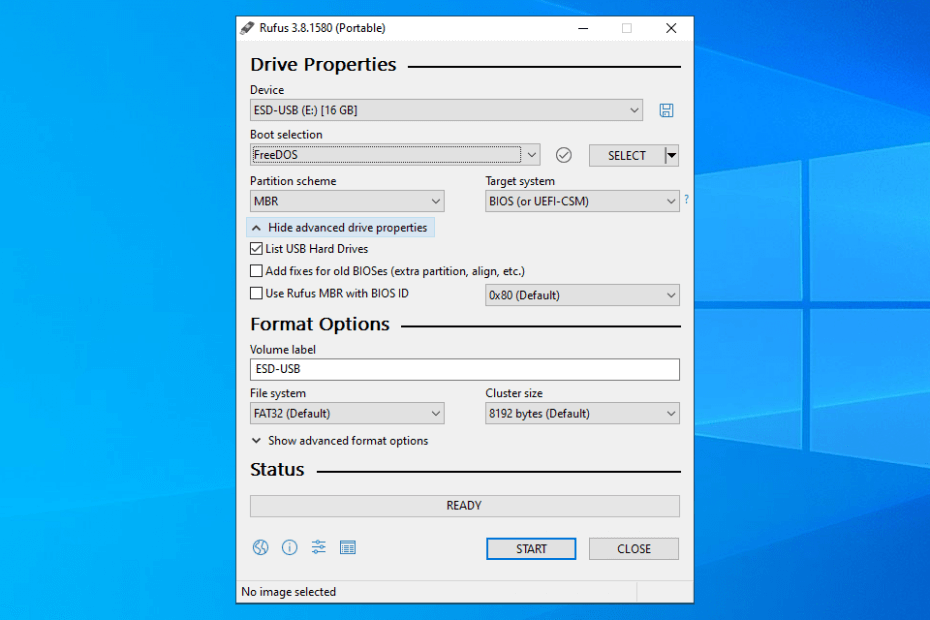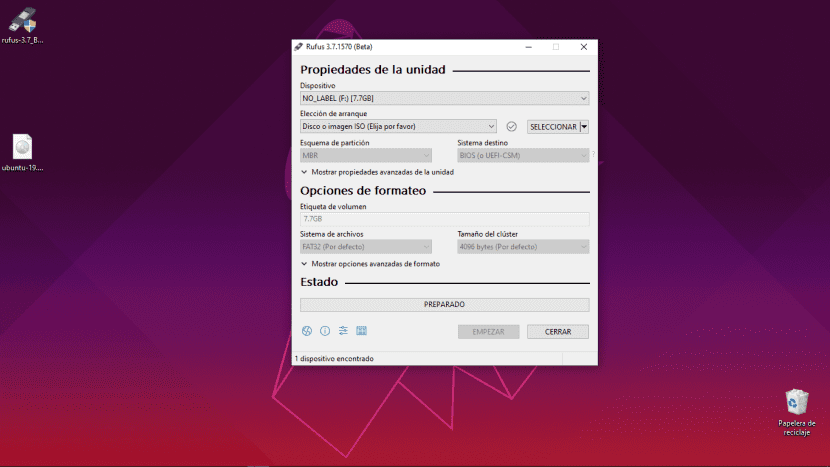Attention-getting Ways To Download Rufus 4.1.2045
Overview of Rufus 4.1.2045
Rufus is a free and popular utility software that allows users to create bootable USB drives from ISO files. It is commonly used to create bootable USB media for installing operating systems or running various diagnostic tools. Rufus is known for its simplicity, reliability, and wide compatibility with different operating systems and ISO files.
Features of Rufus 4.1.2045
Rufus is a versatile utility software that offers several features to create bootable USB drives. Here are the main features of Rufus:
1. Bootable USB Creation:
Rufus allows you to create bootable USB drives from ISO files for various purposes, such as installing operating systems, running live environments, or running diagnostic tools.
2. ISO Image Support:
Rufus supports a wide range of ISO image files, including Windows installation ISOs, Linux distributions, system rescue discs, and other bootable software.
3. USB Drive Formatting:
Rufus enables you to format USB drives to different file systems, including FAT32, NTFS, exFAT, and UDF. This feature is useful when preparing the USB drive for a specific operating system or compatibility requirements.
4. Partition Scheme Selection:
Depending on the target system's firmware (BIOS or UEFI), Rufus allows you to select the appropriate partition scheme, such as MBR (Master Boot Record) or GPT (GUID Partition Table).
5. Bootloader Selection:
Rufus provides options to select the bootloader type, including BIOS or UEFI boot modes, or a combination of both (BIOS or UEFI-CSM) for compatibility with different systems.
6. Bad Blocks Detection:
Rufus includes a feature that checks for and skips bad blocks on the USB drive during the formatting process. This helps ensure the reliability and integrity of the bootable USB drive.
7. Cluster Size Selection:
Rufus allows you to choose the cluster size for formatting the USB drive. The cluster size affects the efficiency and performance of the drive, depending on the type of data stored.
8. Quick Format Option:
Rufus provides a quick format option that allows for faster USB drive formatting by skipping the bad blocks detection process. This is useful when you want to create bootable USB drives quickly.
9. Create Extended Labels and Icons:
Rufus enables you to assign custom labels and icons to your bootable USB drives, making them easily identifiable and personalized.
10. Support for Windows To Go:
Rufus supports the creation of Windows To Go drives, which allows you to run a portable version of Windows directly from a USB drive.
11. Multilingual Interface:
Rufus supports multiple languages, providing a user-friendly interface for users worldwide. You can switch the language settings to your preferred language within the software.
12. Portable Application:
Rufus is a portable application that doesn't require installation. You can run it directly from a USB drive or any location on your computer, making it convenient and accessible. Rufus is regularly updated, and new features and improvements are added over time to enhance its functionality and compatibility with the latest operating systems and ISO files.
System Requirements of Rufus 4.1.2045
Rufus is a lightweight utility software that has modest system requirements. Here are the general system requirements for running Rufus:
Operating System:
Rufus is compatible with the following operating systems:
- Windows 7 or later (32-bit and 64-bit versions)
- Linux (using Wine)
CPU:
Any modern processor capable of running the supported operating system should be sufficient. There are no specific CPU requirements beyond the operating system's recommendations.
RAM:
Rufus does not have strict memory requirements, but a minimum of 512 MB of RAM is recommended for smooth operation.
Storage:
Rufus is a small application, requiring only a few megabytes of storage space for the program files. However, additional storage space is necessary to store the ISO files, as well as the data on the USB drives you create.
Other Requirements:
Rufus requires administrator privileges to access and manipulate the USB drives and perform low-level operations, such as formatting and creating bootable media.
It's important to note that the system requirements may vary slightly depending on the version of Rufus you are using and the specific functionalities you require. Additionally, creating bootable media may require additional storage space depending on the size of the ISO file and the specific operating system or software you are creating the bootable drive for.
Overall, Rufus is designed to be lightweight and compatible with a wide range of systems, making it accessible to most users with average computer configurations.
Here are the technical setup details for Rufus 4.1.2045:
Developer:
Rufus is developed by Pete Batard/Akeo.
Version:
The specific version of Rufus may vary, as updates and improvements are released periodically. The information provided here is based on the general setup details.
Setup File Name:
The setup file for Rufus typically has a name like "Rufus-4.1.2045" which represents the version number.
Setup Size:
The setup file size is relatively small, typically ranging from a few megabytes to around 2 MB, depending on the specific version.
Installation Type:
Rufus is a portable application, meaning it does not require installation in the traditional sense. You can run it directly from the downloaded executable file without the need for an installation process.
Supported Platforms:
Rufus is primarily developed for Windows operating systems. It is compatible with:
- Windows 7
- Windows 8/8.1
- Windows 10
- Windows Server editions (2008 and newer)
For Linux users, Rufus can be run through Wine, a compatibility layer that allows running Windows applications on Linux.
License: Rufus is released as freeware, meaning it is available for free and can be used without any restrictions.
Languages:
Rufus supports multiple languages, including but not limited to English, Spanish, French, German, Italian, Japanese, Portuguese, Russian, and more. The language selection can be changed within the software's interface.
It's important to note that the technical setup details mentioned here are based on the general understanding of Rufus as of my knowledge cutoff in September 2021. Newer versions of Rufus may introduce changes or additional features. To get the most up-to-date information and the latest version of Rufus, it is recommended to visit the official Rufus website or trusted software repositories.










Comments
Post a Comment